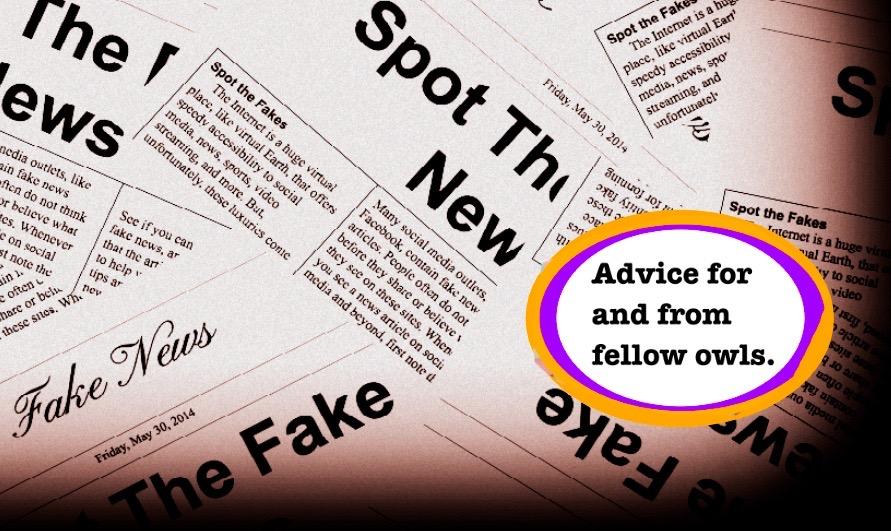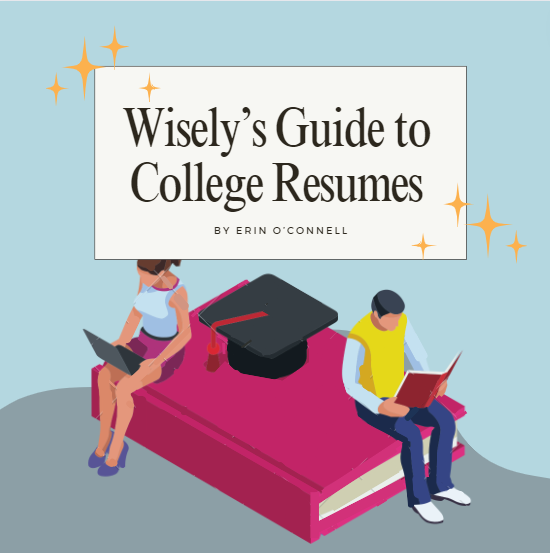SPOT THE FAKE NEWS
The Internet is a huge virtual place, like virtual Earth, that offers speedy accessibility to social media, news, sports, video streaming, and more. But, unfortunately, these luxuries come at a cost. Fake rumors and news circulate throughout the Internet, much like in the real world. Although people have created fake news long before the Internet, our exposure has increased with the instant viewing and sharing capabilities. Nowadays, finding a reliable source of news to trust, share, and conduct research can be tricky.
Using untrustworthy sites as research for your paper or portfolio assignment can make you receive a poor grade. To help identify bad or good places to use as research for your report, use these tips.
Many social media outlets, like Facebook, contain fake news articles. People often do not think before they share or believe what they see on these sites. Whenever you see a news article on social media and beyond, first note the source of the article. Some news sources have reputations as phonies. If you do not recognize the source, then look through their other articles to gain an understanding of their reliability. At first glance, their titles may seem real. These headlines, otherwise known as “Clickbait”, surprise or shock the viewer into clicking on the article. Some fake news articles contain exaggerated quotes and facts, with old information mixed in with the new. This makes it more difficult to tell what information to trust.
If you feel unsure of which websites are reliable or not, ask your teacher for a list of websites. The news channels on TV have their own websites too, and these are usually reliable. Sources like CNN, FOX, NBC, BBC, National Geographic, and Animal Planet have trustworthy articles.
News sites like abcnews.com.co and more contain lots of fake news. In fact, here is a website with a big list of ugly, misleading news: http://www.fakenewswatch.com. This website can help you determine whether or not the website is reliable and if it is a good place for research. Pay attention to the URL, if it ends in “.co” or “.su”, this could mean it’s a phony version of a trusted news site.
Next, are the videos and photos in the article valid? Photos and videos can be exaggerated to support a fake, false claim. Also, when reading the news article on a site, ask yourself, “Did I see this on CNN or TV?”, if not, the article you are using is most likely fake.
Then, figure out if the story has traceable quotes. For example, on the fake ABC news website, there is an article that says, “Obama Signs Executive Order Banning the Pledge of Allegiance in Schools”. I didn’t hear this on the news, nor did I see it on a reliable news site like CNN, and if I were to ask my sister if they still do the pledge of allegiance, she’d say yes. So, this article is obviously fake. Also, in the article, it looks like the founder of Snopes is being criticized, by the author. The author does this by making it seem like the Snopes founder said very bad things about himself and Snopes. Most reliable news articles try to maintain an unbiased opinion. Therefore, that article wouldn’t be a good place to get information off of. Also, on the fake ABC news site, one of the featured articles said it was published on March 28, 2016, which was quite a time ago. A fake quote from Donald Trump was found on social media. It says, “If I were to run, I’d run as a Republican. They’re the dumbest group of voters in the country. They believe anything on Fox News. I could lie and they’d still eat it up. I bet my numbers would be terrific.” This “quote” is from a People Magazine Interview in 1998, and if you’d google that, no such interview would exist, therefore the quote is fake.
On iHoot all of our news are real, and we find them from reliable sources or personal experience.
See if you can go to a website with fake news, and try to spot the clues that the article is not a good place to help with your report.
Sources/Credits:
http://www.cnn.com/2016/11/18/tech/how-to-spot-fake-misleading-news-trnd/ from CNN. Maintained by CNN. By AJ Willingham. Accessed on 12/6/16.

Hi everyone! I'm Enya, the Associate Editor for the 20-21 school year at iHoot! I'm a senior here at iUPrep. This is my 6th year at iUPrep and 5th year...







